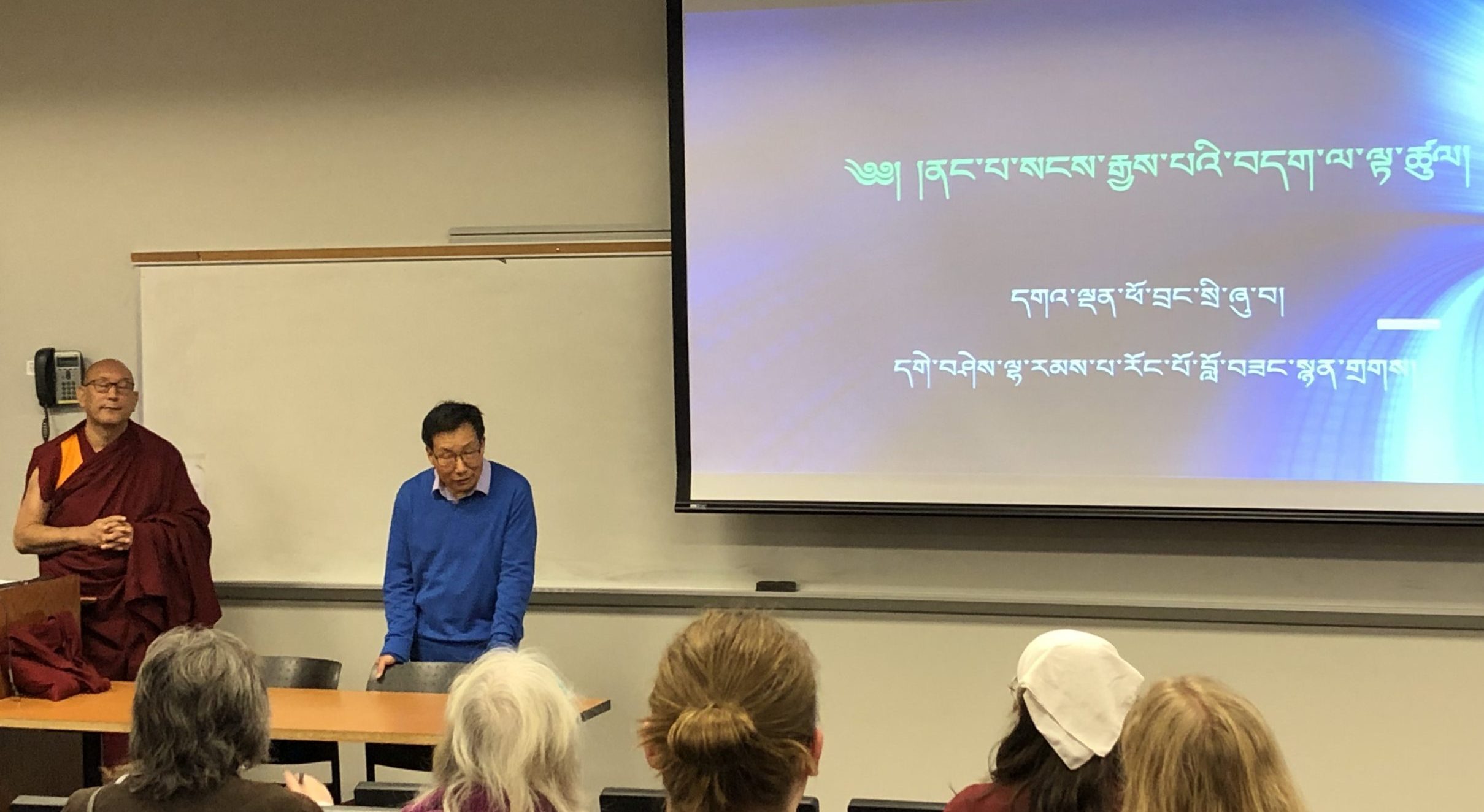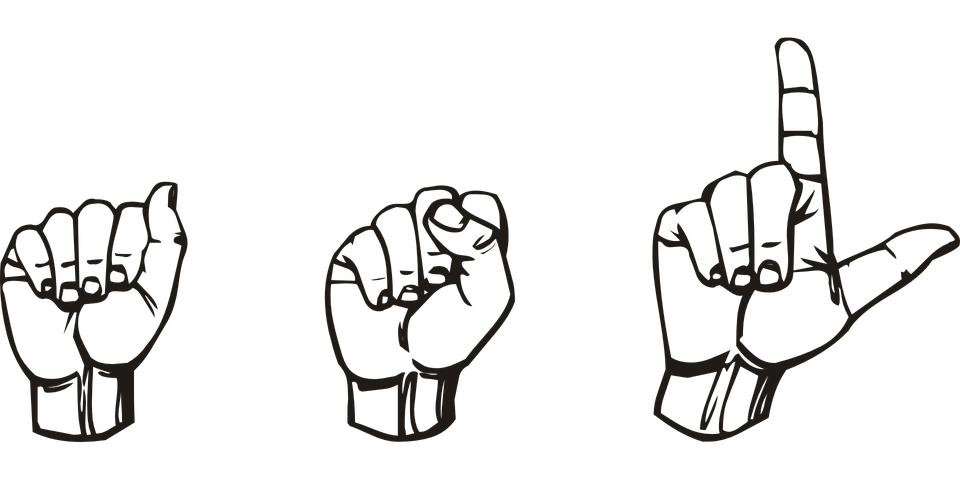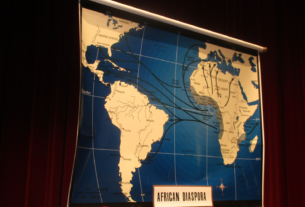
“Who Are You?”: Dalai Lama’s Chief Editor Shares Buddhist Thoughts on Identity
On Nov. 2, Geshe Lobsang Nyendak, chief editor of the Collected Works of His Holiness the Dalai Lama, came to PVCC to talk about Buddhist concepts of identity. This presentation was made possible by Danzing Thomson, PVCC’s adjunct professor of Eastern Religion, who reached out to Nyendak and invited him to campus.
The presentation took place at noon in the Main Building auditorium (M229). It lasted for a little over an hour. While Nyendak can speak some English, he gave the entire presentation in Tibetan while Thomson, who is from the same region of Tibet as Nyendak, acted as his interpreter. The presentation was accompanied by a slideshow of Tibetan script with a swirling blue background.
Nyendak introduced a variety of perspectives from within Buddhism, explaining the thousand-year-old disagreements between different branches and their interpretations of identity. Some branches believed that identity was skin deep, starting and ending with a person’s physical body. Some argued that identity was somehow tied to the mind. Others held that identity was merely a person’s name.
Nyendak offered his own interpretation, saying, “I am not my name. I am not my body either. Because my body is my property, just like my name is my property… There is still an ‘I.’ Something that is you.” He left open the answer to what the self beyond the physical body and the assigned name truly was, and he moved on to discuss the consequences of failing to properly find your identity.
“Correctly identifying yourself can set you free. The misidentification can lead you to misery… It can lead to social instability.” Nyendak explained that a fundamental part of unraveling your identity is understanding the distinction between your appearance and actuality. Appearance is the false perception of reality that keeps people from identifying themselves, while actuality is the true reality that can be discovered by closely scrutinizing your perception of reality and looking past the false impressions.
Buddhists believe that there are three “poisons” that hold a person back from identifying their true self. These poisons are anger, attachment, and ignorance. Of these three, Nyendak focused on attachment the most. Through attachment to false concepts and perceptions, individuals define themselves by appearances instead of by realities and are unable to find their true identity until they serve those attachments.
At the same time, Nyandak argued that it is equally important to not view yourself as a singular individual, because we do not exist in a vacuum, and nothing happens independently. To properly identify ourselves, we must avoid attachment but still acknowledge that we are all connected to each other.
It is through these concepts, Nyendak believes, that every one of us can properly find ourselves and be freed from discontent and suffering.







